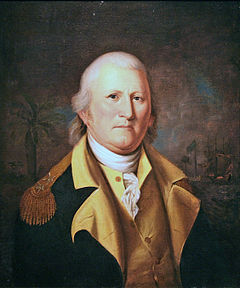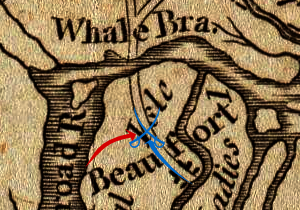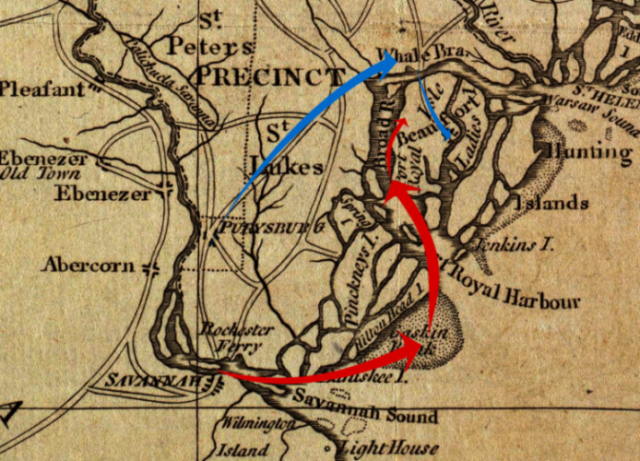The battle of Grays Hill was a brutal one, but it has long been credited to have boosted the morale of the Americans in their war for independence against the British. Archaeologists have finally found the actual site of the Battle of Grays Hill at Port Royal Island in South Carolina.
The battle happened in 1779 and left the area with cannonballs all over the place. Over time, it gave the perfect clue to finding the real location of the battle.
Experts used historical documents that led them to the overall location. The battle occurred on a sea island. It was historically recounted by a road side marker.
In order to find the location of the Battle of Grays Hill, experts used an old-fashioned set of metal detectors to unearth a huge set of artifacts.
The team unearthed cannonballs that had been fired and dropped, then created a series of points through GPS. This let them create a map to show where there were likely artillery in place.
Even though the battle wasn’t considered as a monumental win, it created confidence when some Americans were beginning to believe they couldn’t win the war.
A roadside marker on US 21 left room for mystery because it only indicated a broad area where the location of the battle was and where almost 50 soldiers were killed. Close to the old school halfway house around Gray Hills, there was a South Carolina militia made up of some continentals and volunteers.
Part of the troops were men from Beaufort that were under the famous General William Moultrie. The scratchy American defeated the British in the pursuit to capture Grays Hill on February 3rd in the year 1779. The historical plaque was a little bit north of Marine Corps Air Station Beaufort.

This vague depiction of the war led two proud researchers to take some metal detectors and walk the land with their handy metal detectors. After they had mapped out the positions, they were able to gain insight into the placement of the soldiers. The researchers wondered why no one had really investigated the land and the battle.
Although it wasn’t a huge battle, it was still significant. The researchers were not going to let a piece of history lay in the ground forever.
It was unbelievable to them that no one had set out to discover the historic site. The Battle of Grays Hills was a lot bigger than what the stats say, though.
The win occurred very shortly after the loss at Savannah, and the morale of the Americans was low. The win raised the spirits of the patriots, and it proved that the forces in South Carolina could stand up to the strong British forces, which at the time was the largest army in the world.

The story of the battle started as 200 soldiers of the British army were marching into the small town of Beaufort on Port Royal Island under the leadership of William Gardner. General Moultrie responded with a bigger army of 300, Mail Online reported.
The battle started on the third day of February. After only 45 minutes of battle, the American forces had to retreat because they ran out of ammunition.
However, Moultrie caught wind of a British retreat. The British forces realized that capturing the island would be practically impossible. Moultrie boldly called for a chase and captured plenty of British.
By the end of the battle, the death toll heavily favored the Americans who only lost eight compared to the dozens the British lost.

This battle was just one of 250 that occurred in South Carolina during the Revolutionary War. That state is home to the most battles in the U.S. during the Revolutionary War.
Out of the 250 battles, five dozen of the sites are expected to be preserved by the Battleground Preservation Trust. Even though the battleground of Grays Hill has been found, no one will let the exact location slip until the land itself can be bought.
Currently, it’s spread across three independently-owned properties. If they ever need someone to give them a hand then we would love to walk those fields with them.
